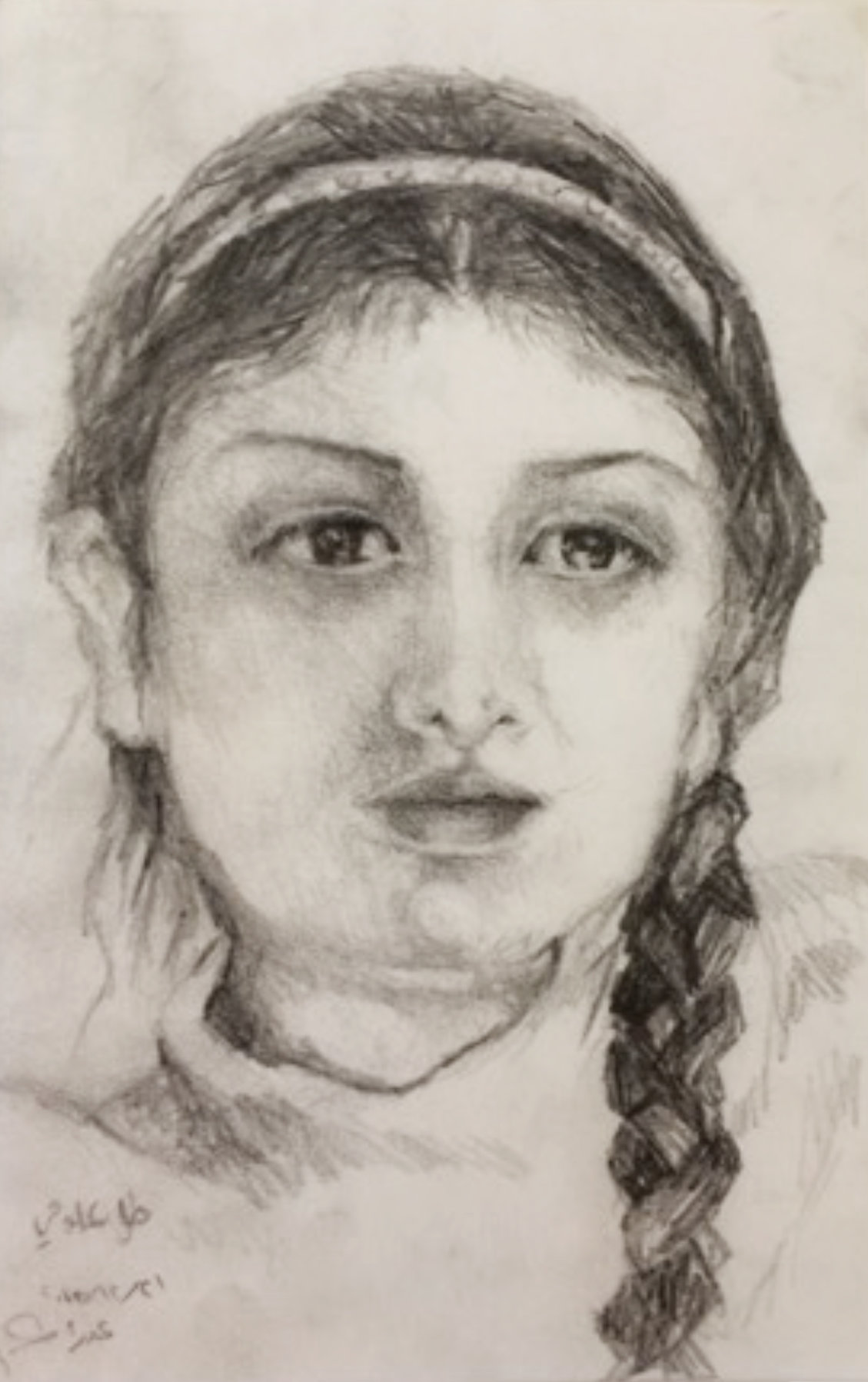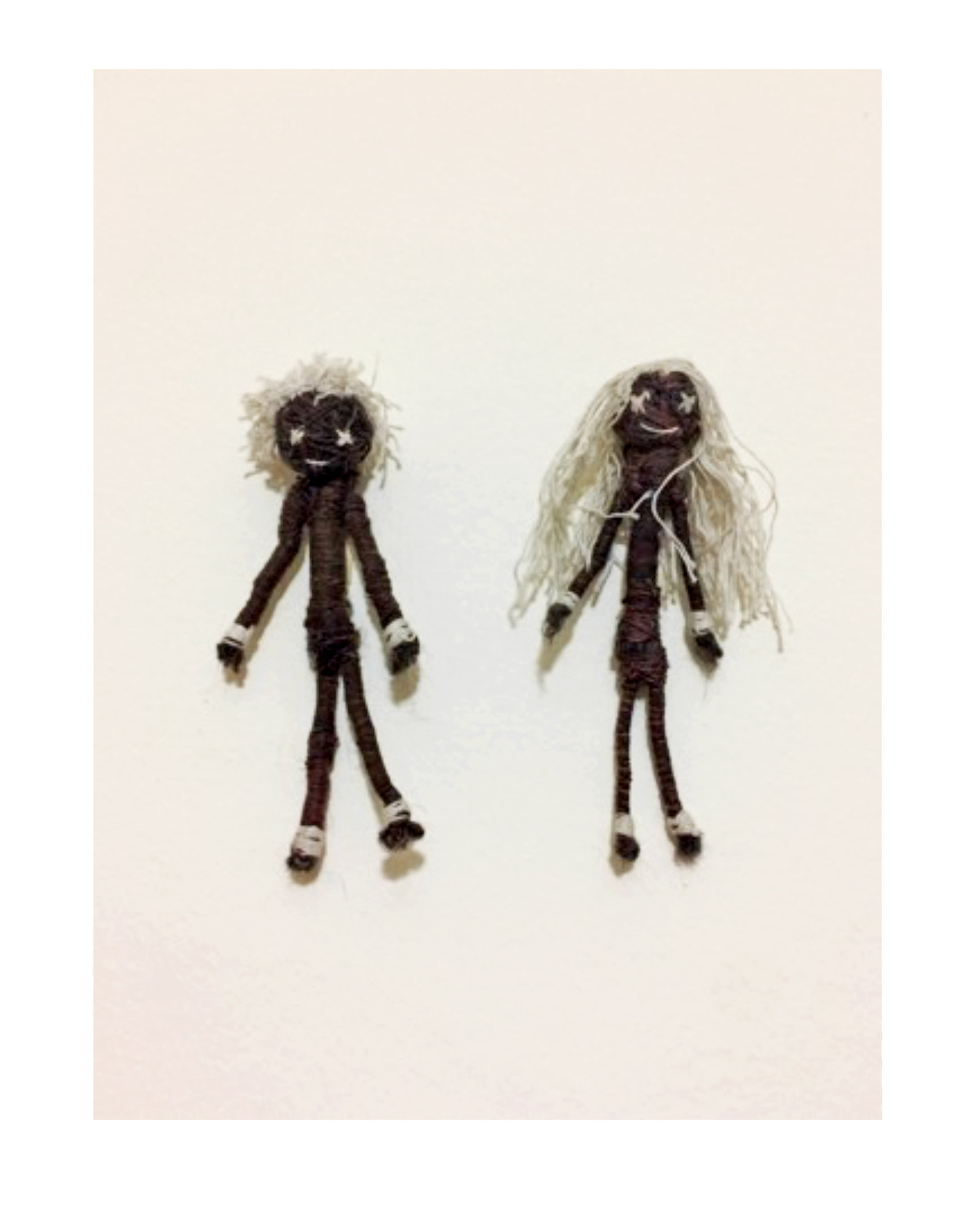Azza Abo Rebieh got her guards to give her pencils and paper, then began sketching the faces and habits of fellow inmates in Syria’s notorious detention system.
This is Hiam, a 65-year-old woman smoking a cigarette and sipping matteh, a warm herbal drink popular in Syria. It is a moment of solitude in a soul-crushing place; the bed is a prison bed. Hiam spent two and a half years in prison, most likely for the simple reason that she came from an area that rebelled against President Bashar al-Assad’s government.

The artist who drew her, Azza Abo Rebieh, was one of 30 women sharing a cell with Hiam in the Adra prison in Damascus. Then 36, Ms. Abo Rebieh was on her own surreal journey through the Syrian security system, detained because of her art and her activism.
Ms. Abo Rebieh’s artwork, from the start of Syria’s uprising in 2011, held up a mirror to a society in turmoil. Risking arrest, she painted graffiti murals about the protest movement. After security forces cracked down and some in the opposition took up arms, she helped smuggle food and medicine to people displaced by fighting.
In September 2015, Ms. Abo Rebieh got a call from an activist friend asking her to meet at a cafe. It was a trap: When she arrived, security was waiting.
Ms. Abo Rebieh, a member of the educated middle class, found herself imprisoned with women who were barely literate, and mostly arrested at random. She became a kind of spokeswoman and sounding board, conveying their needs and requests to guards and helping them talk through experiences.
Her art then became a mirror for fellow prisoners who had none: She drew them so they could see themselves. She drew them all in shaded black and white, their grimacing faces and thin limbs influenced by one of her favorite artists, Goya.

Ms. Abo Rebieh was released in 2016, but her case was still open. She fled to Lebanon, where she is stuck because she is still wanted in Syria. Last year, she won an art residency in Spain, to study Goya and paint Syria’s ghosts as an echo of his. But the Spanish government denied her a visa.
Recently, supported by the Arab Fund for Arts and Culture, she had a solo exhibition, including many new works, at a Beirut gallery, 392rmeil393. She has continued to create art about the women she met in detention.
“I want to draw them so they are not forgotten,” Ms. Abo Rebieh said in her small living room, where her prison art hangs on the wall, along with string dolls she made in prison from olive pits and yarn from worn blankets. “This is the message. I keep remembering that I am out and they are in.”
Ms. Abo Rebieh shared some of her works with The New York Times, and spoke in English and Arabic about her experience in detention and the women she met there. (Where quoted, her remarks have been edited for length and clarity.)

The Crushed Bird
Before Ms. Abo Rebieh’s arrest, the British Museum bought three of her works.
One was an etching from 2011, called “They Carried Him — The Shame.” Ms. Abo Rebieh based it on a video that had spread on social media, showing security officers dressing a male protester as a woman and driving him around the artist’s home city, Hama.
The New York Times
















Comments About This Article
Please fill the fields below.